Our first stop, as always, was at the Visitor Center.
The Confederacy built fortifications at strategic points along the Mississippi River, including Vicksburg. On a high bluff overlooking the river, it was surrounded by swamps and bayous; and, fortified with 172 cannons. The Union strategy was to isolate Texas, Arkansas, and most of Louisiana by controlling the Mississippi River. By 1862, only Vicksburg, MS, and Port Hudson, LA, blocked Union control.
Vicksburg was under siege for 47 days from May 18 to July 4, 1863. President Lincoln called Vicksburg “the key” to a Union victory. African-American soldiers were recruited and courageously repulsed a Confederate attack at nearby Milliken Bend. Trenches were built and families dug caves (or took shelter in existing ones) to escape the Union bombardment.
Lt. General Pemberton of the Confederacy surrendered Vicksburg and the 29,500 Confederate soldiers to General Grant on July 4, 1863. Along with the Union victory at Gettysburg the day before, it was a turning point of the war.
The artillery on display near the Visitor Center was used by both sides to defend and eventually take Vicksburg.
We took the 16-mile battlefield auto tour, beginning at the one-way entrance near the Visitor Center parking lot. Be sure to pick up the park brochure that provides details about each stop along the route. After entering the scenic drive, we stopped to see some of the monuments on either side of the road. Thirteen hundred monuments and markers have been erected in the park to memorialize soldiers and sailors who fell here in battle.
Each tour stop is clearly marked near a place to park. Captain De Golyer was mortally wounded during the battle against the Confederate Great Redoubt here.
During the siege, Shirley House was the headquarters for the 45th Illinois Infantry. It is the only remaining wartime structure in the military park.
Nearby is the impressive Illinois State Memorial. Dedicated in 1906, it cost $190k (equivalent to $4.6M today). The names of those who served and died in battle here are inscribed on bronze panels inside.
The Wisconsin Memorial also has bronze panels with the names of the regiments that served and those who perished.
The building in the background was the original Park Museum and Headquarters. It is no longer open to the public, but we enjoyed seeing the Heritage Demonstration Garden here. With herbs, vegetables, and flowers, I loved the many butterflies we saw.
Nearby is the tree where Grant and Pemberton met to discuss the terms of surrender. Also shown is a bronze statue of Confederate President Jefferson Davis.
Below are monuments memorializing Texas, Alabama, and Pennsylvania troops.
A monument to the 1st and 3rd Mississippi Infantry Regiments (comprised of soldiers of African descent) of the Union Army commemorates their service (and losses) at Vicksburg. General Grant’s headquarters (in tents) are identified by this statue.
This impressive monument honors the US Navy who played a critical role at Vicksburg. Nearby is a bust of Thomas O. Selfridge, Jr., the commander of the USS Cairo.
Be sure to visit the USS Cairo Museum.
On December 12, 1862, the ironclad Cairo was sunk in the nearby Yazoo River by a mine. She went down in 12 minutes, but no one aboard was lost. The USS Cairo and her six sister boats dominated the Mississippi River during the Civil War. In 1956, the Cairo was found, raised, restored, and relocated to this site.
Artifacts found on the Cairo are on display in the museum. An exhibit provides information about the the recovery and restoration process.
Our last stop at the military park was Vicksburg National Cemetery. Established in 1866, 17,000 Union soldiers are buried here...more than any other national cemetery. About 1,000 veterans of other US conflicts are also buried in the cemetery.
We have visited many national battlefields and each are unique, but we found Vicksburg particularly interesting (especially the USS Cairo Museum). Check it out if you are ever in this part of the country. For additional information, go to www.nps.gov/vick.


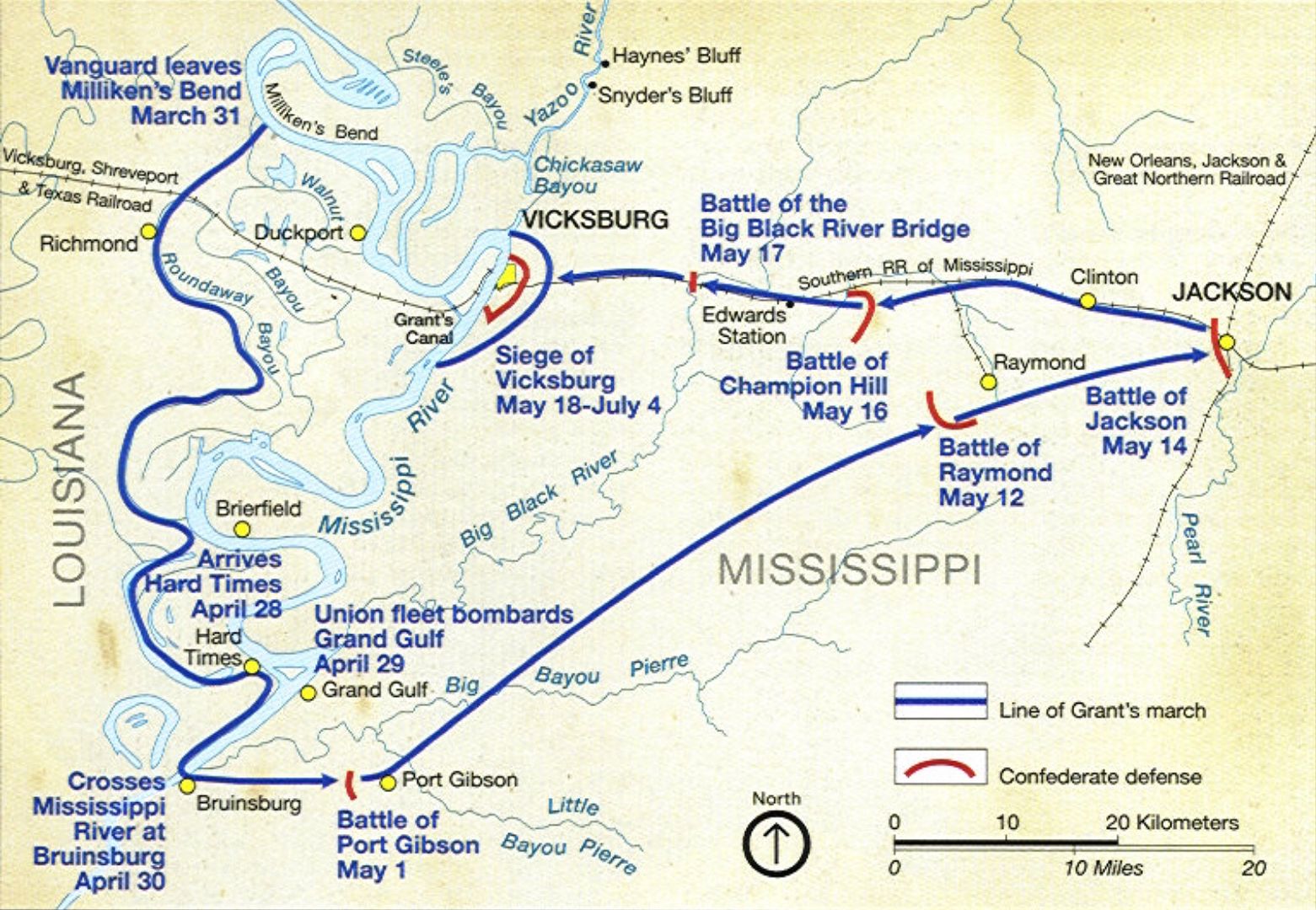
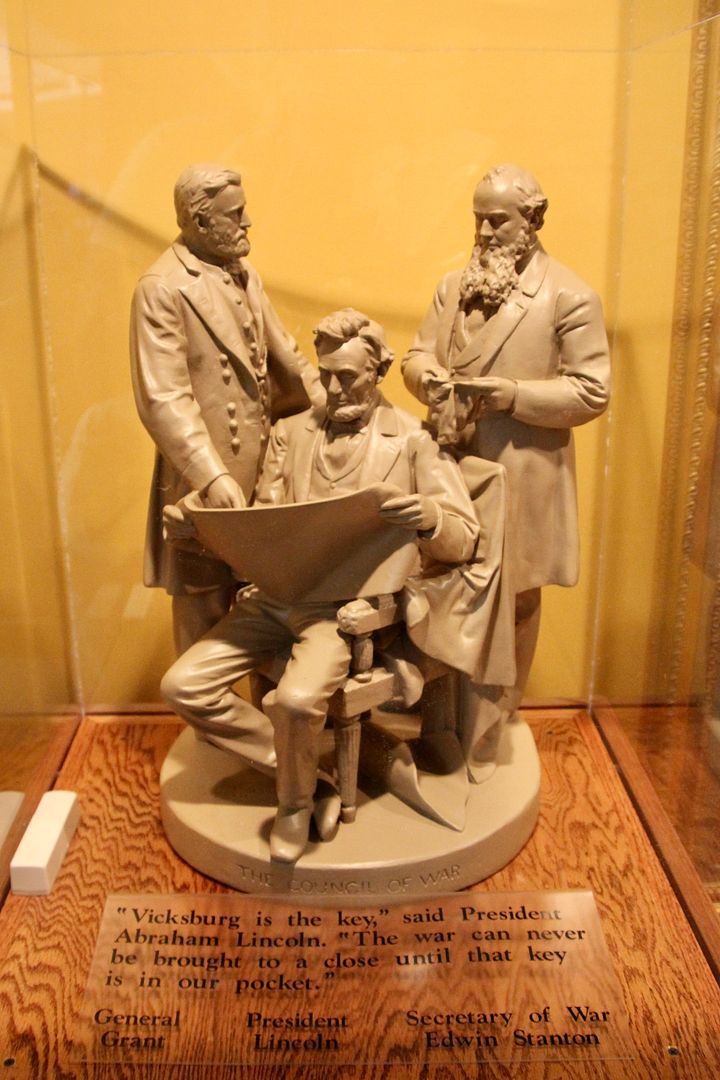
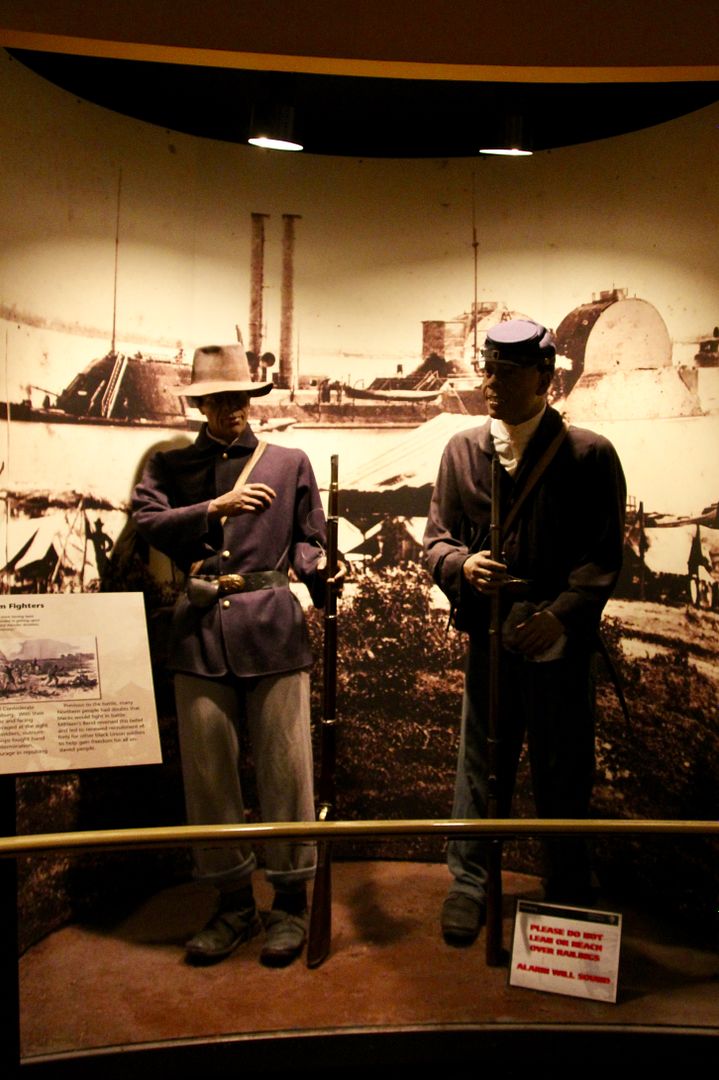
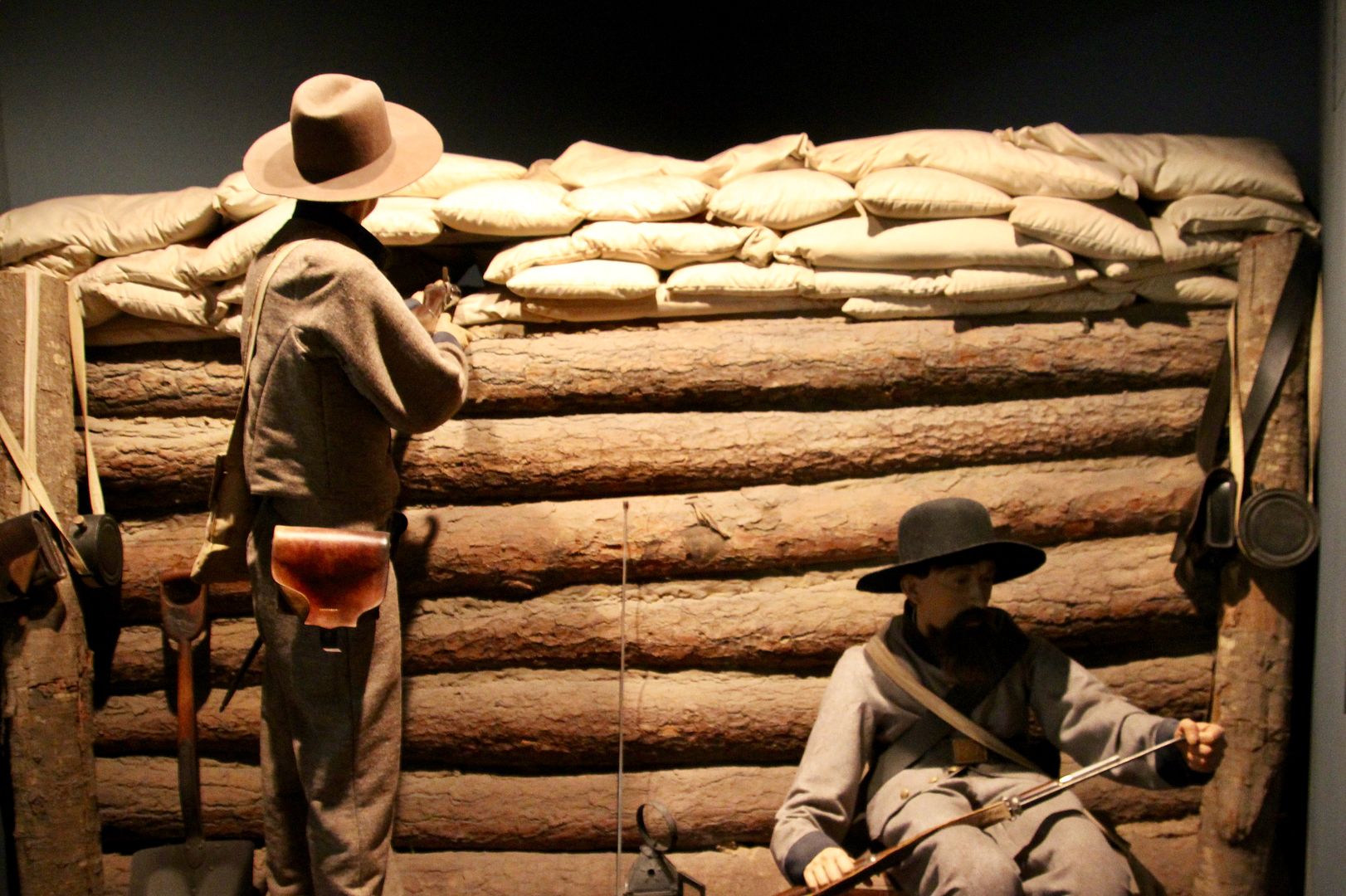
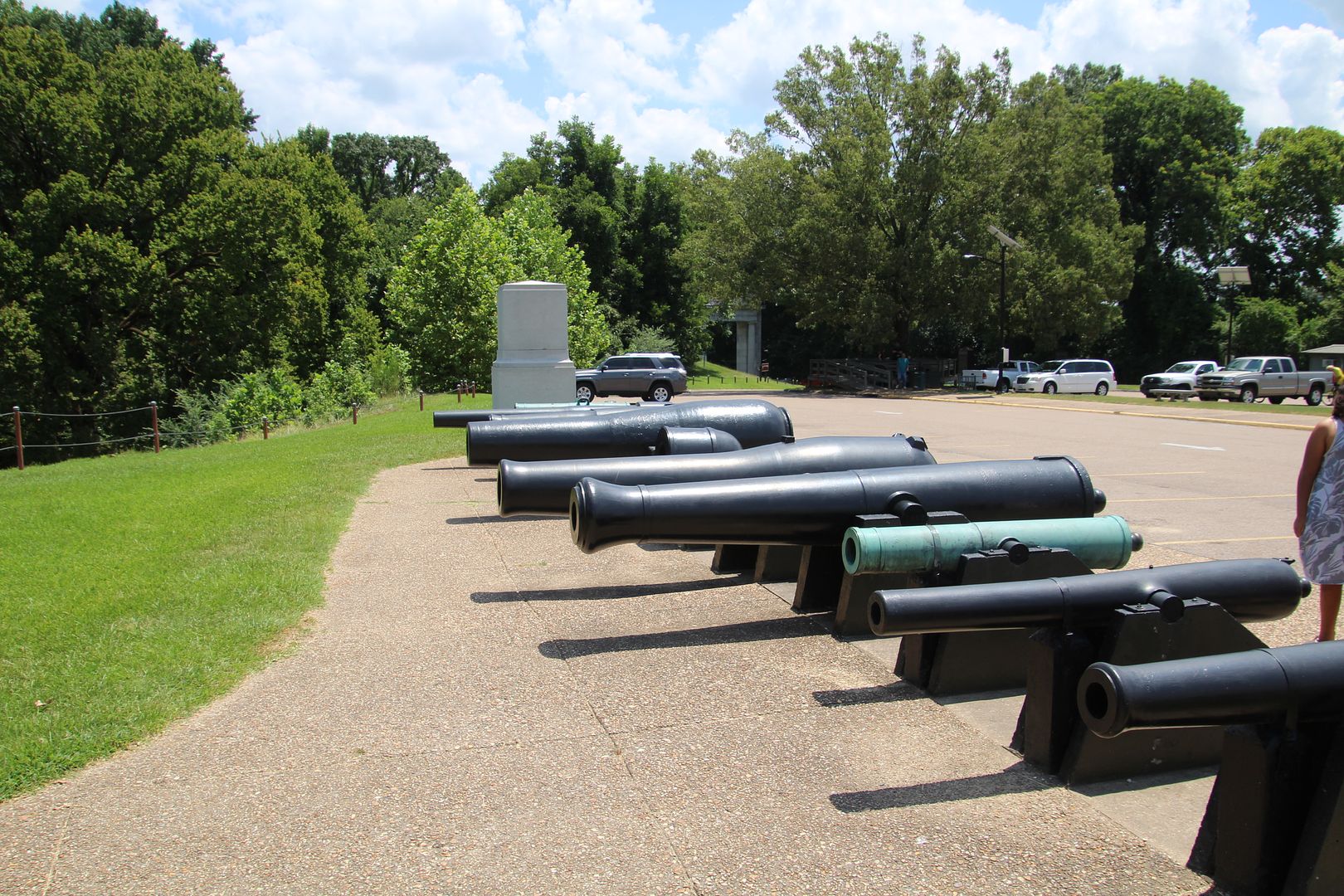
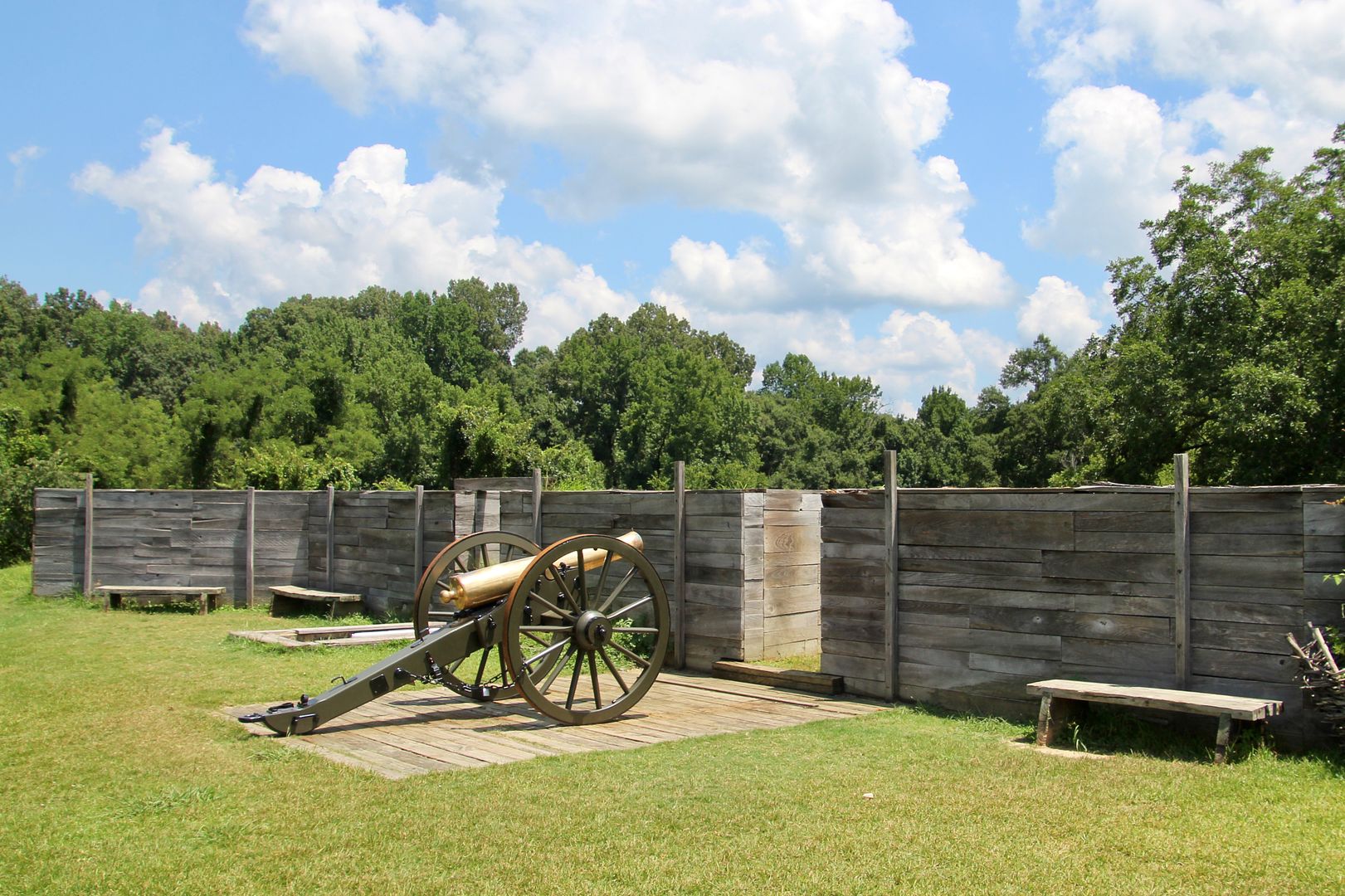

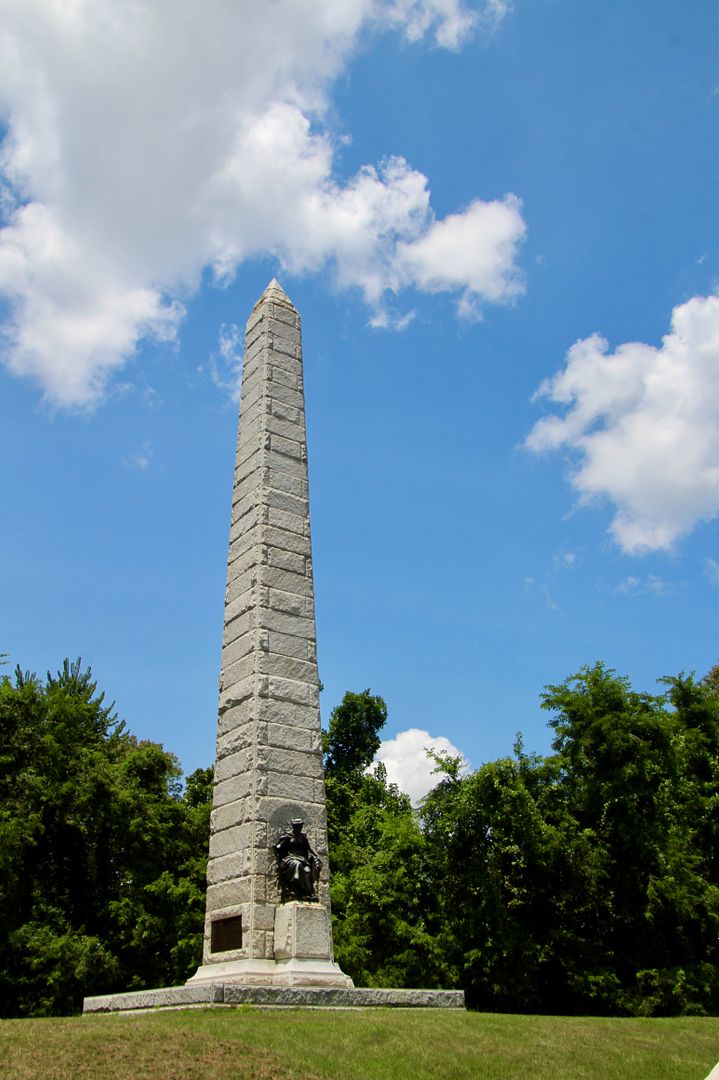


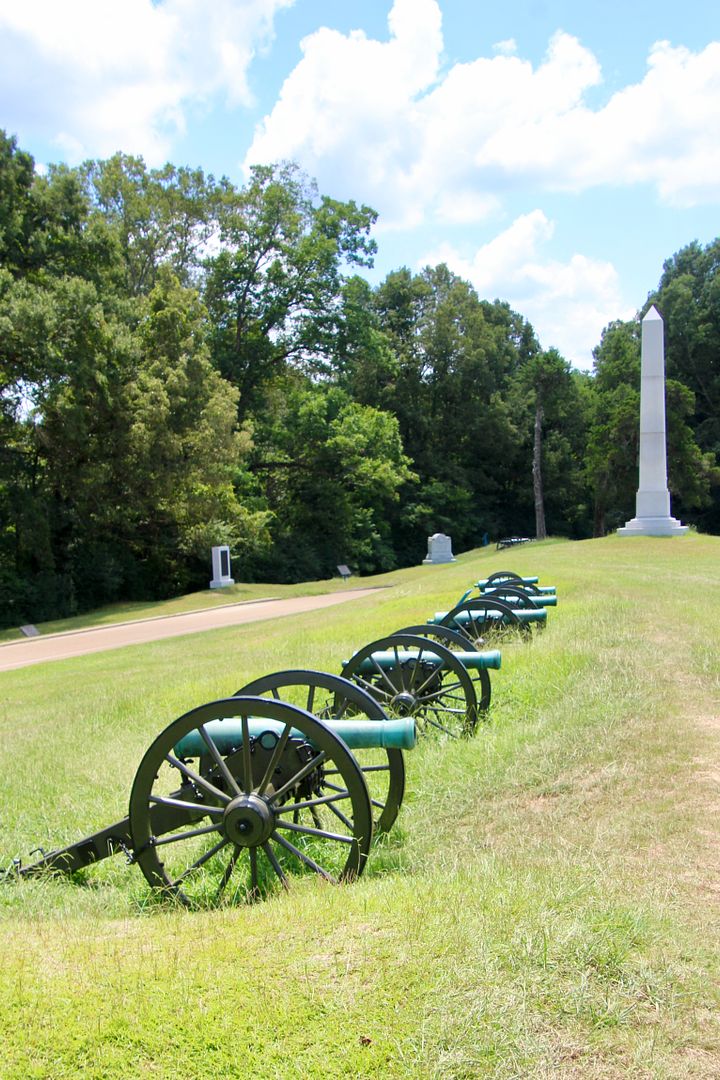
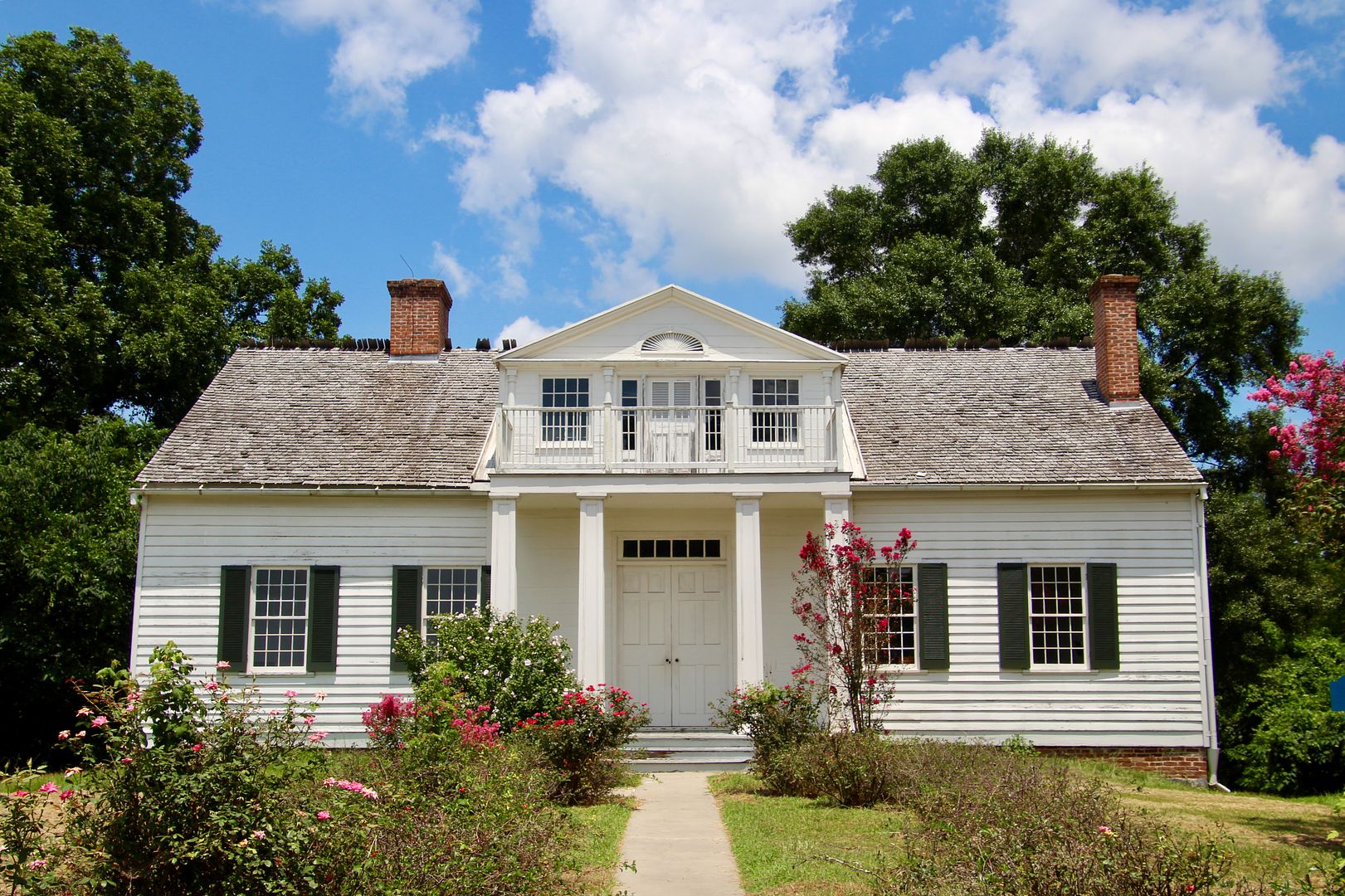
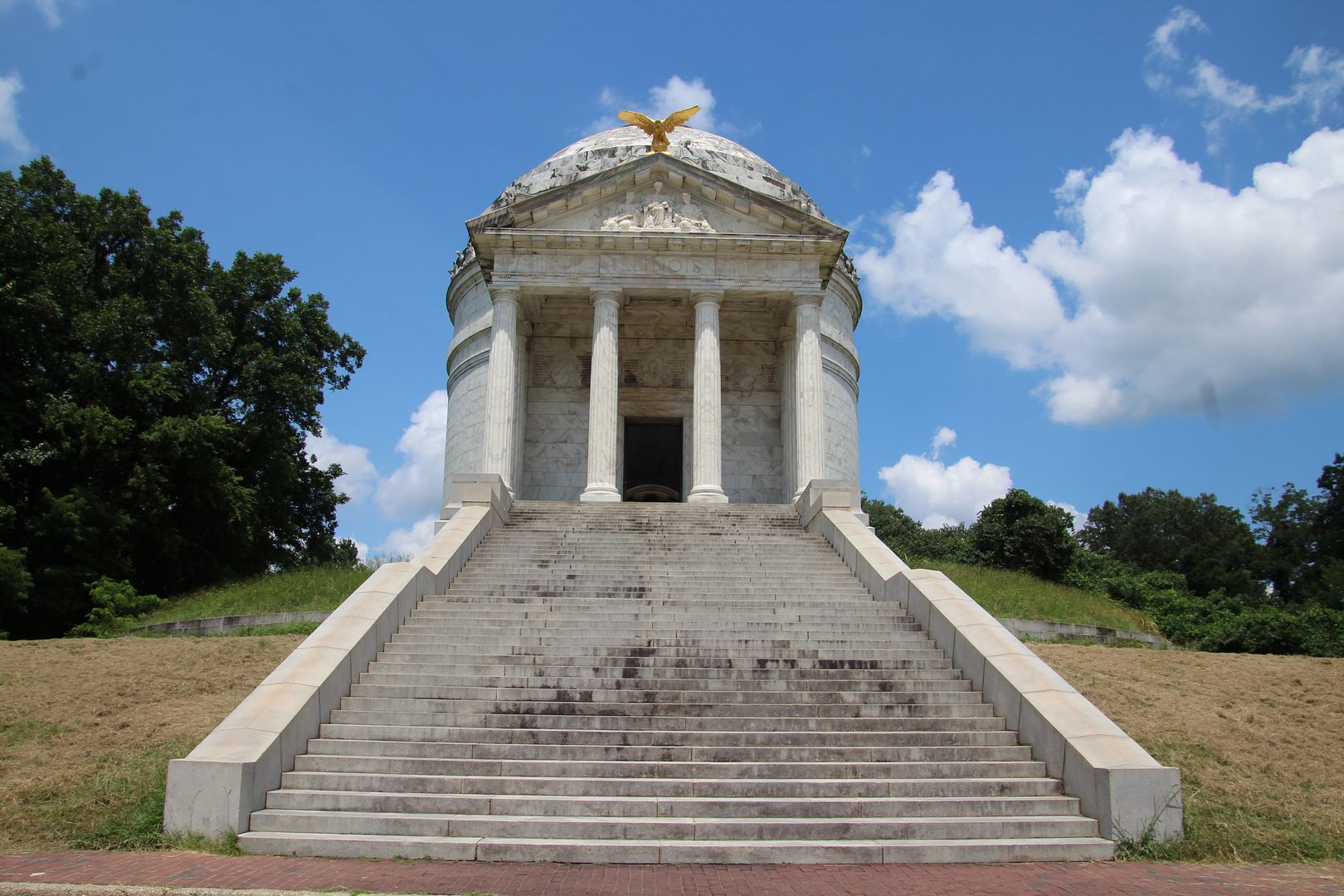

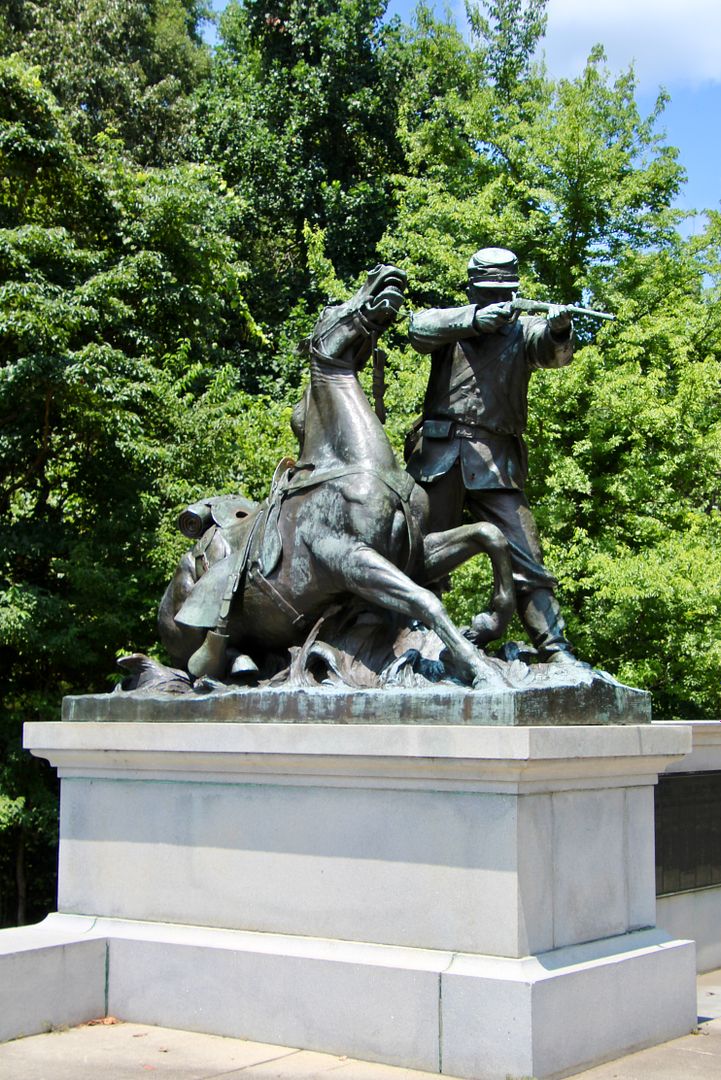
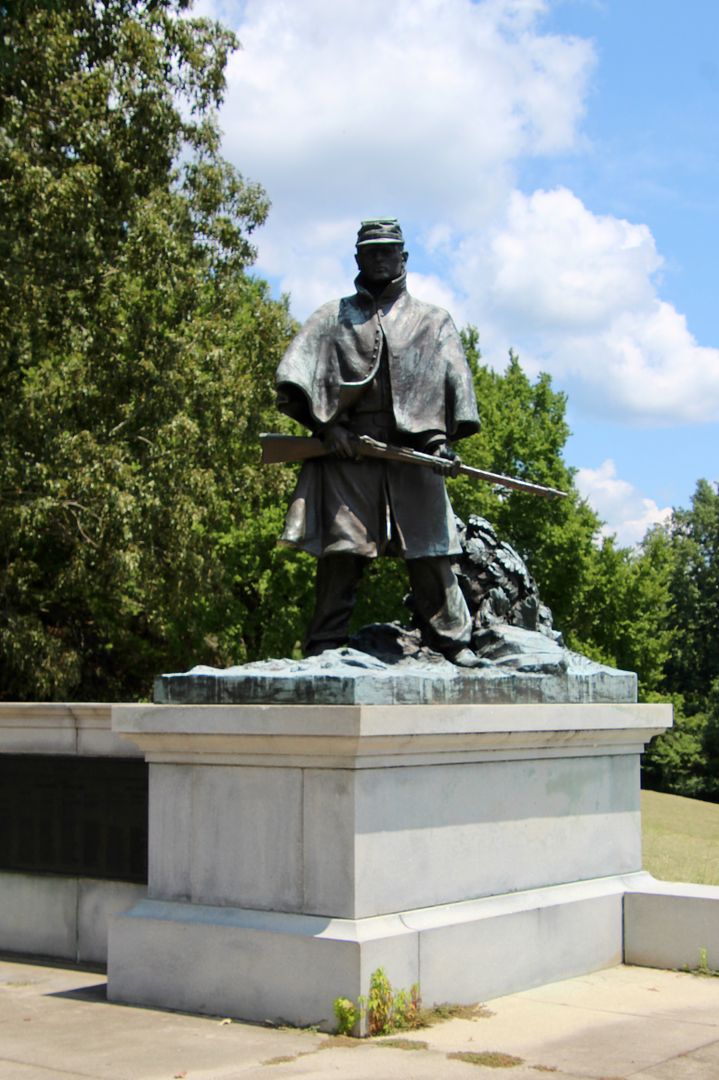
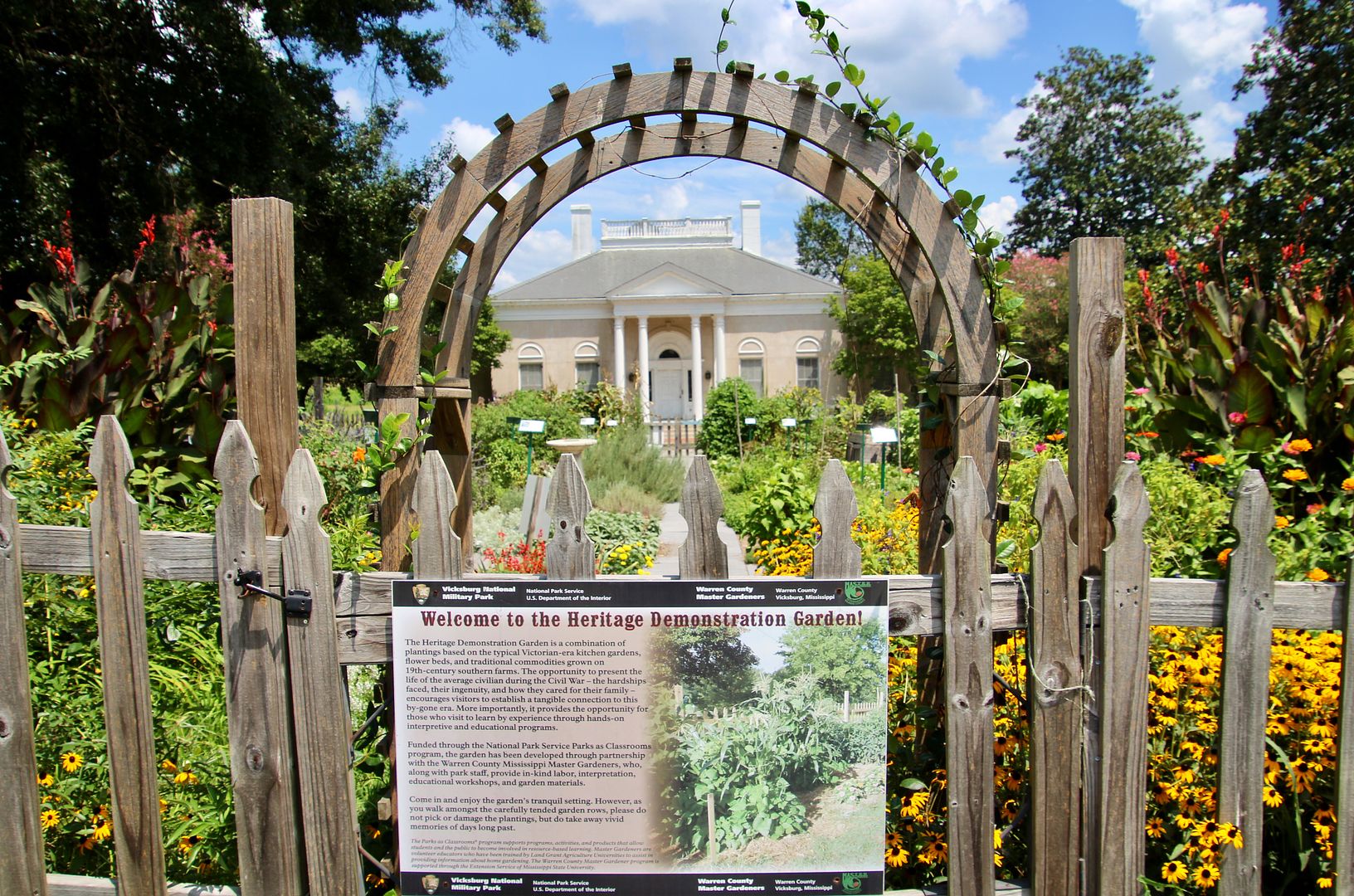


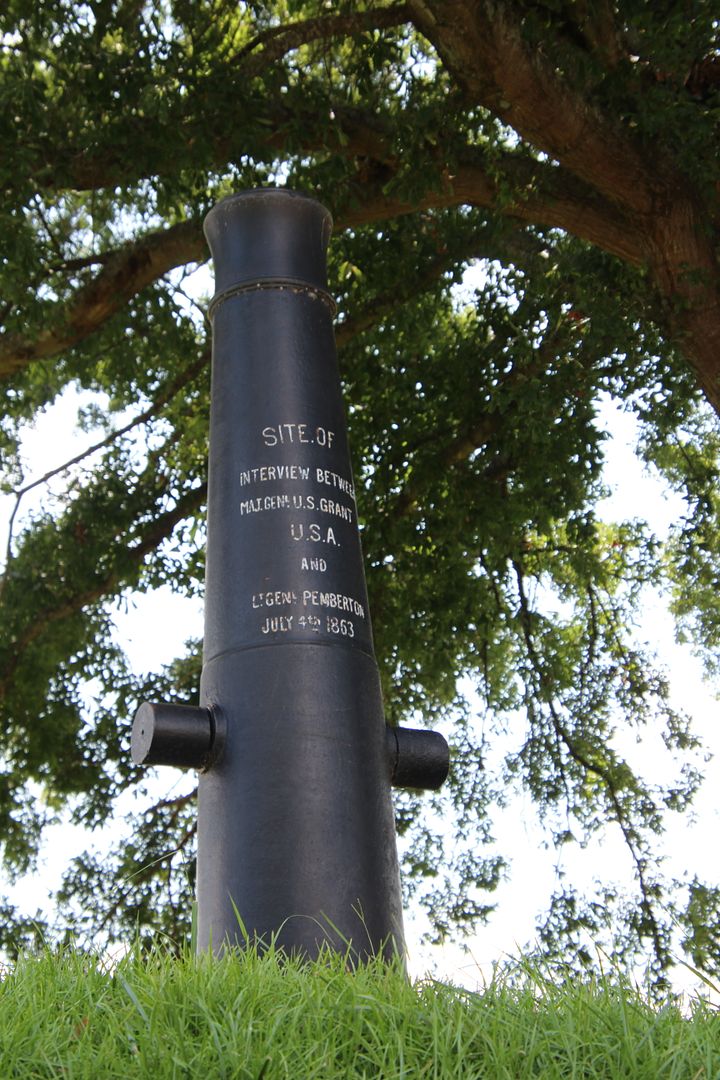
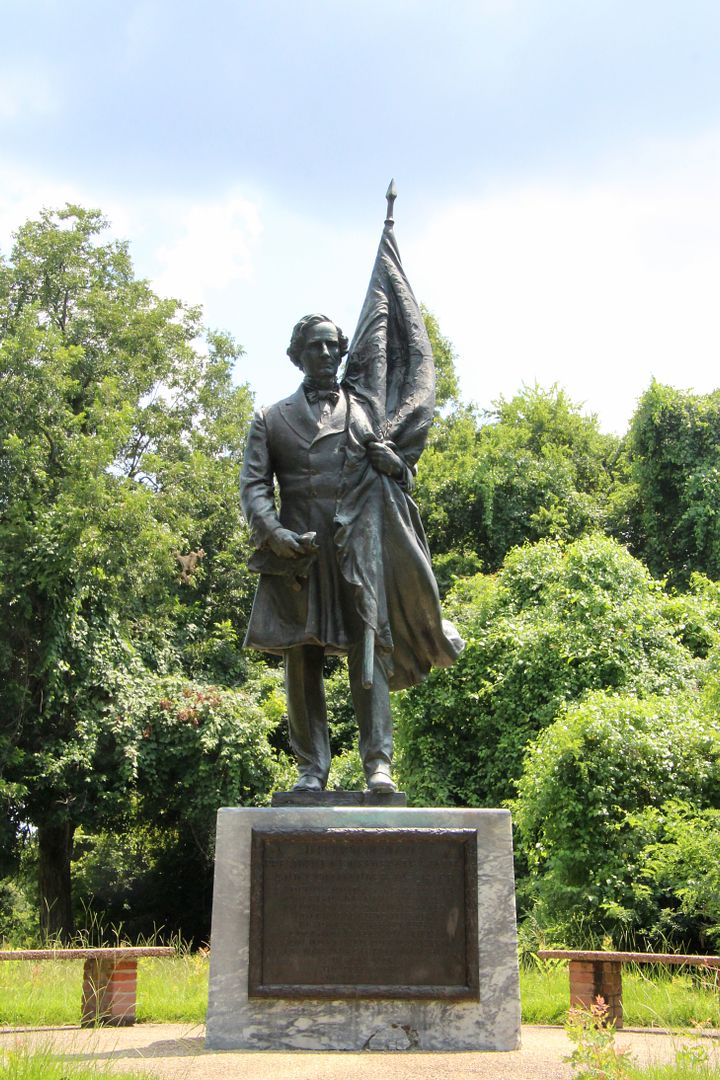
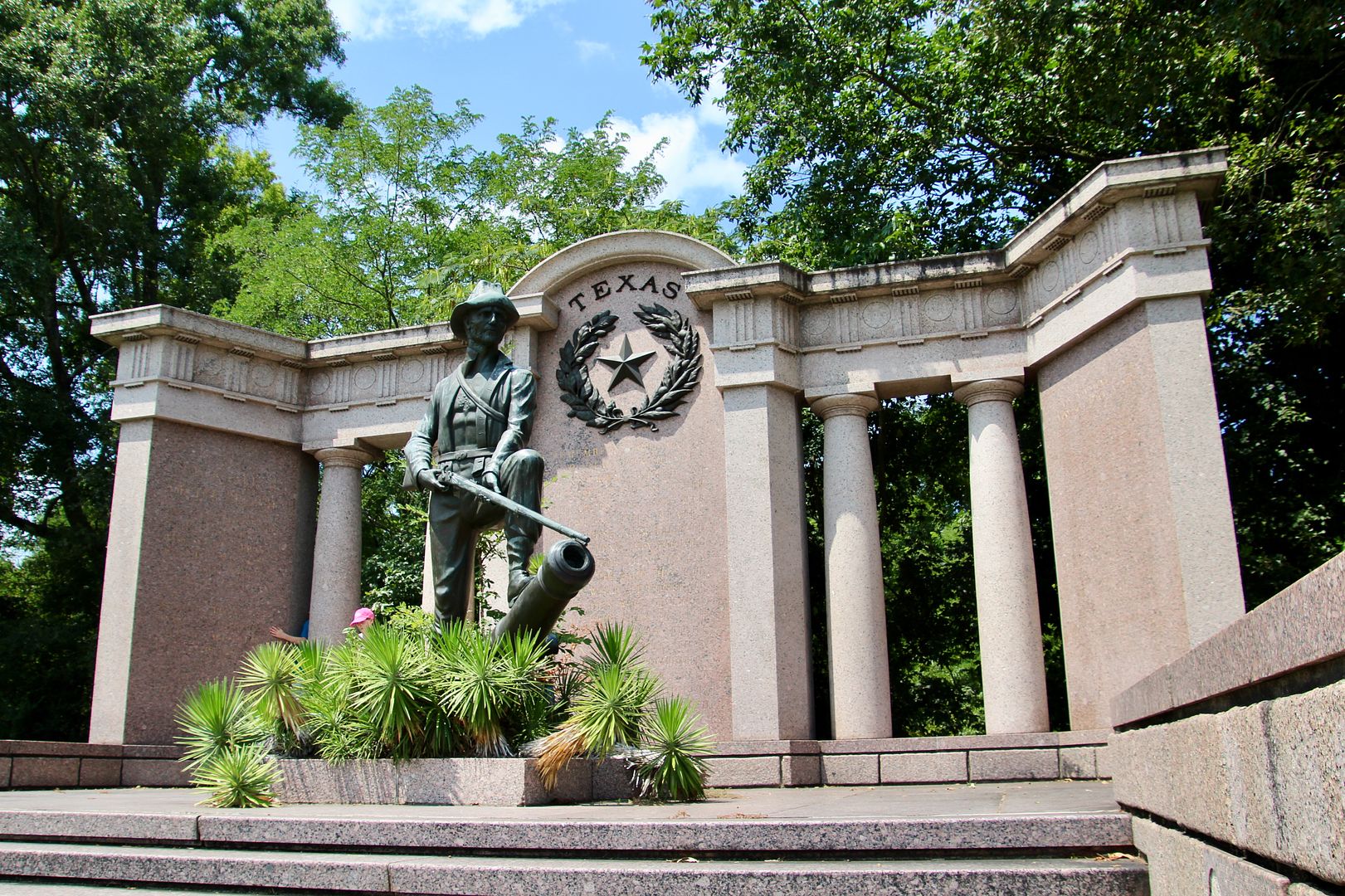
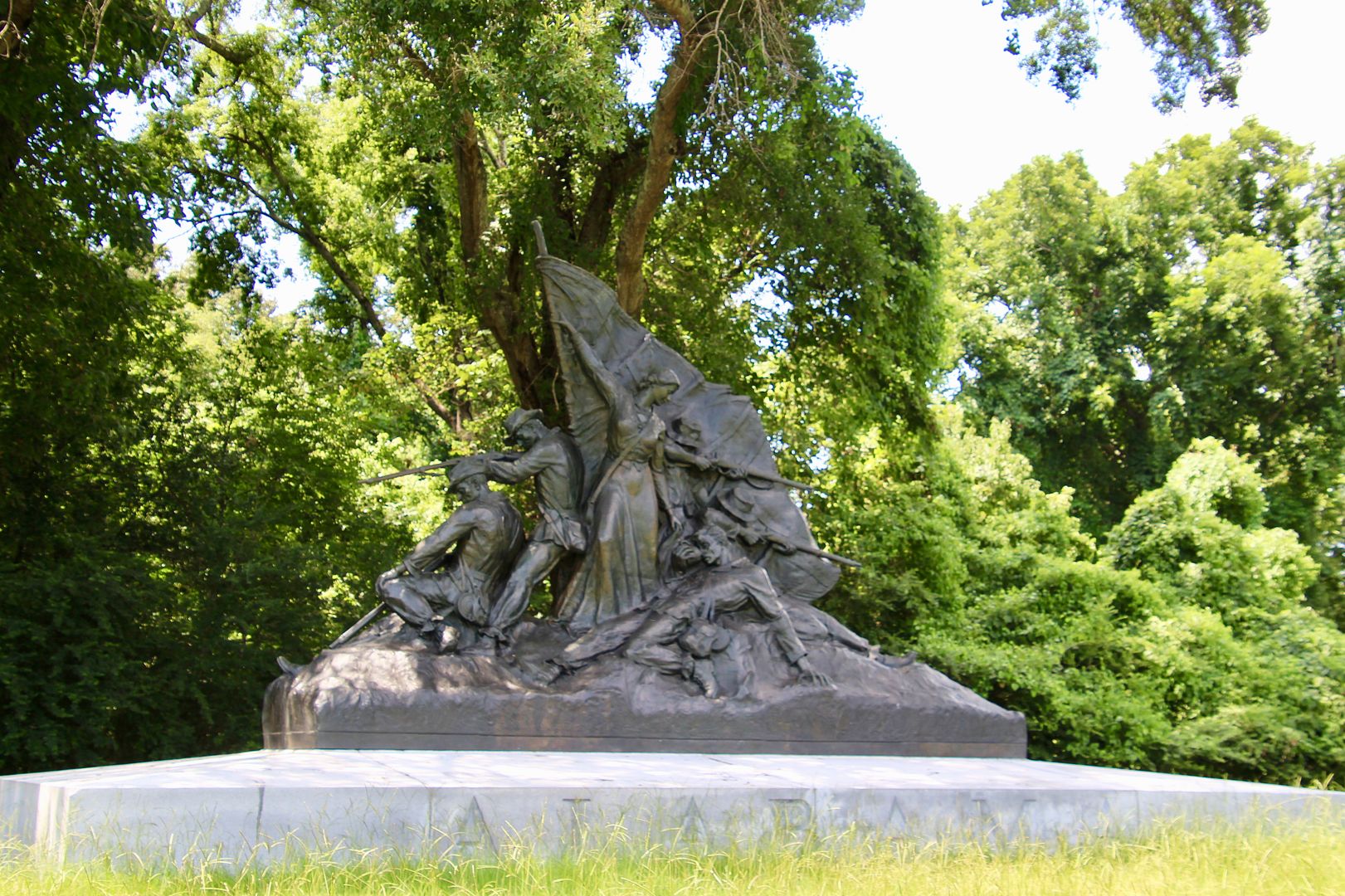
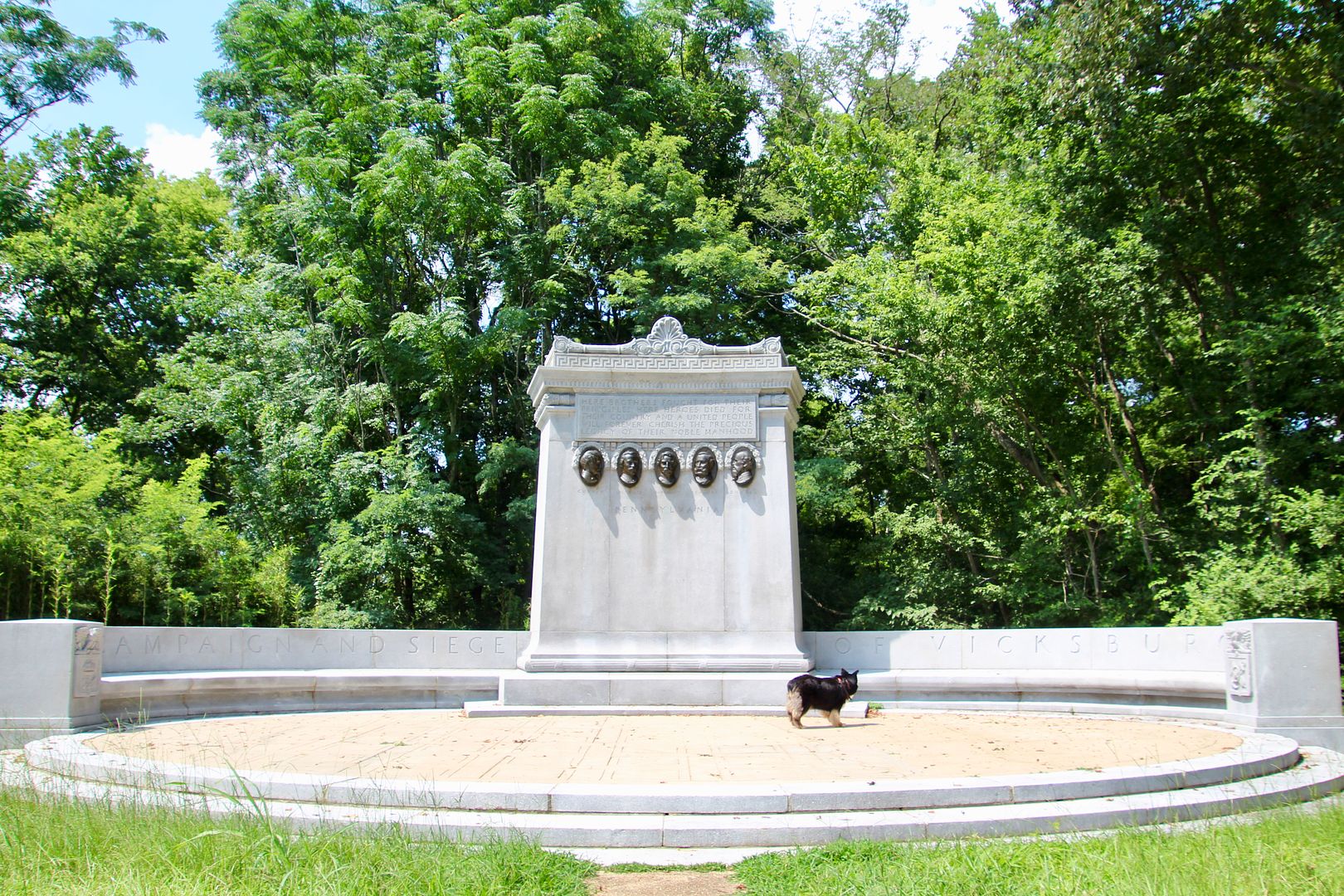

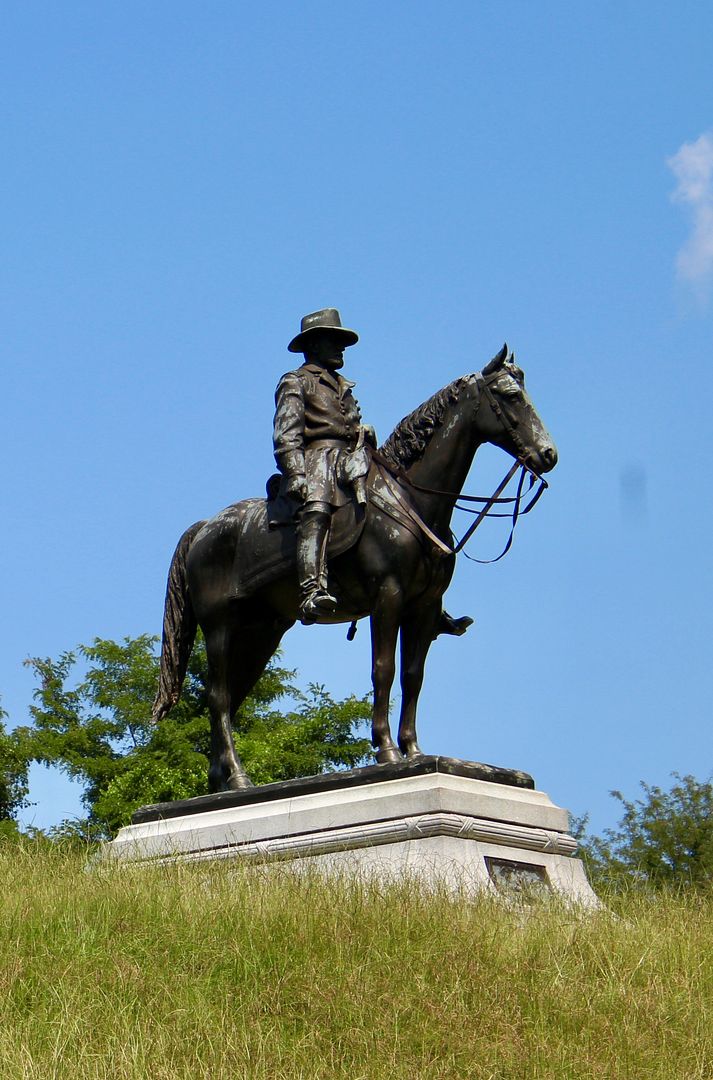
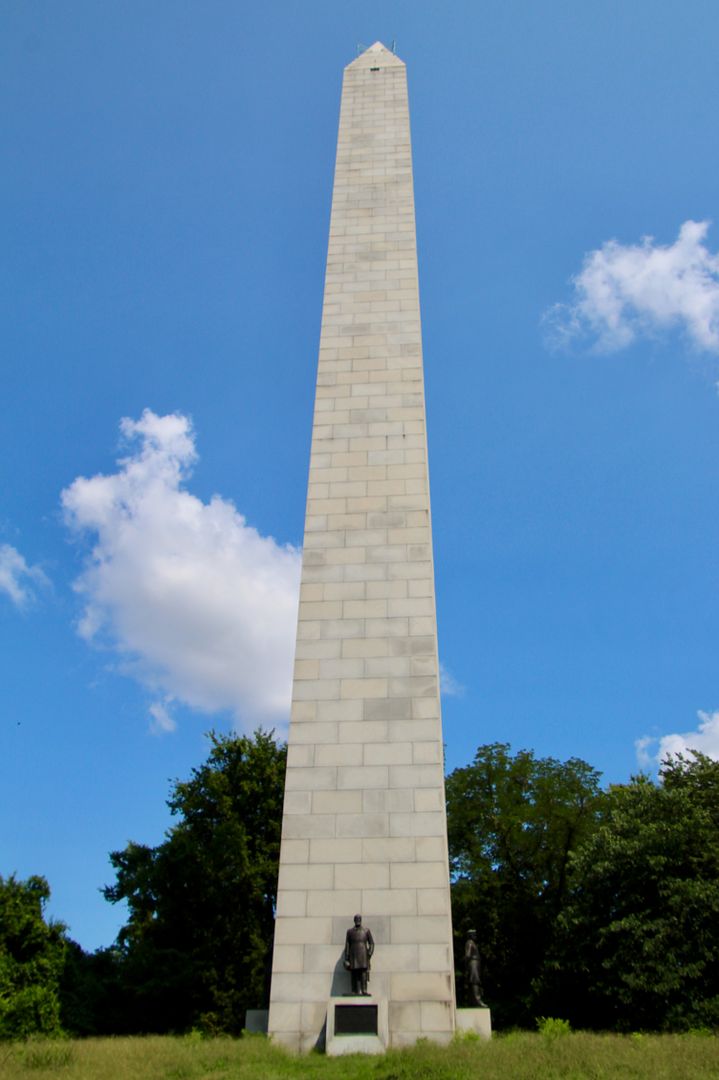
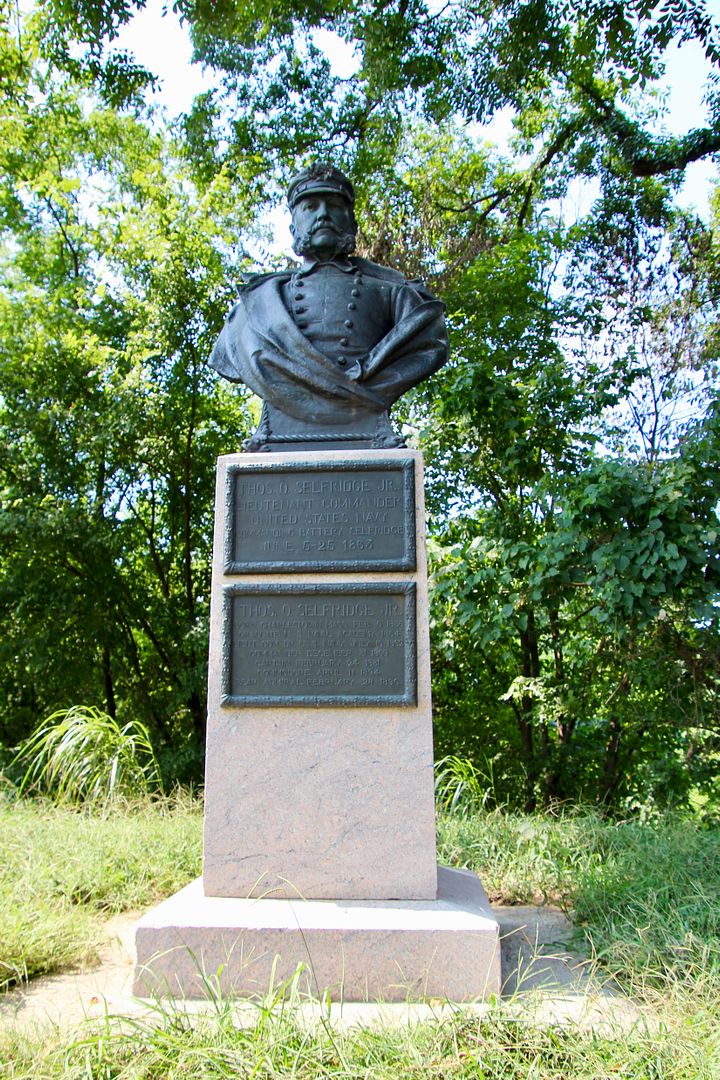
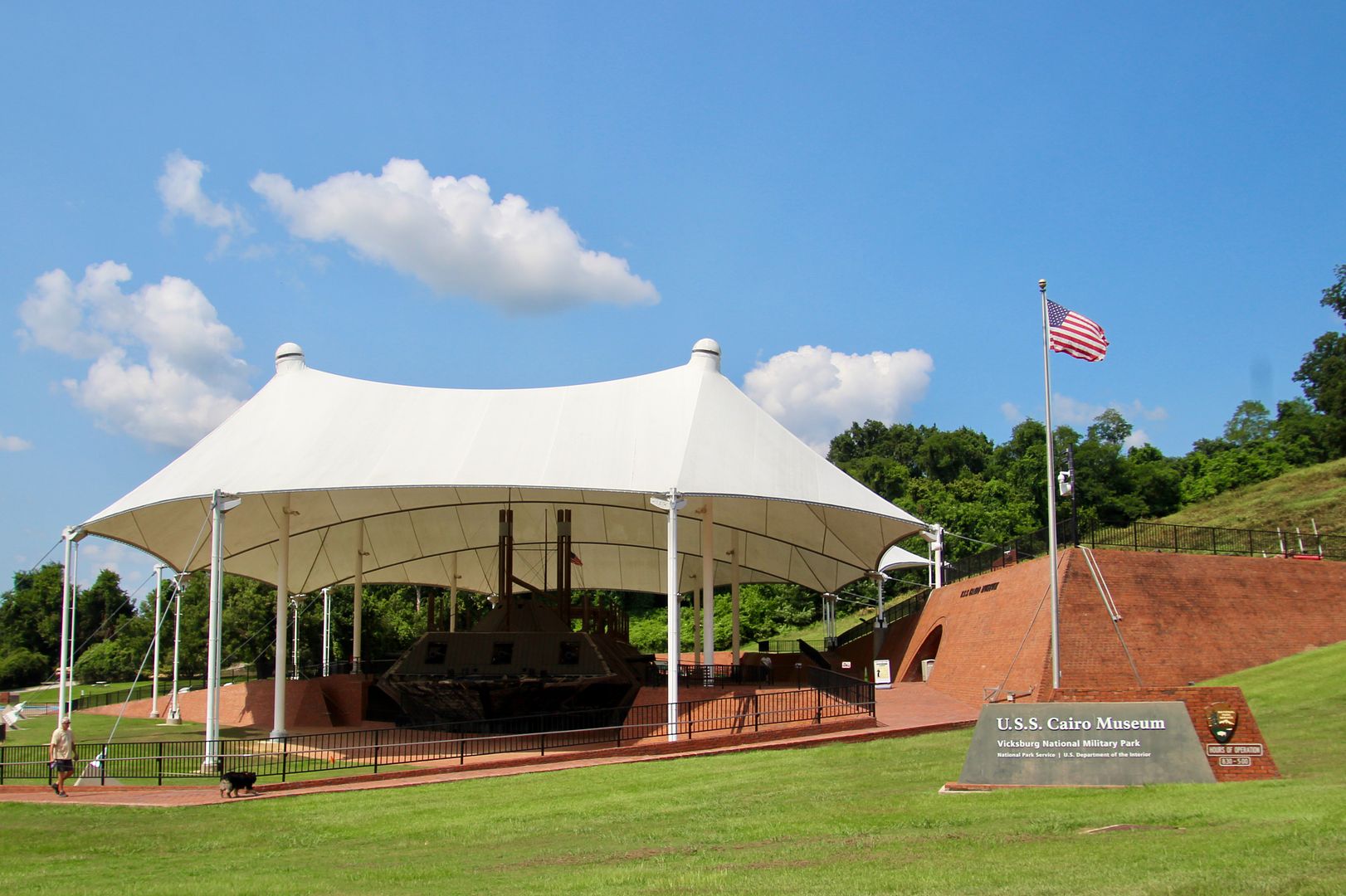

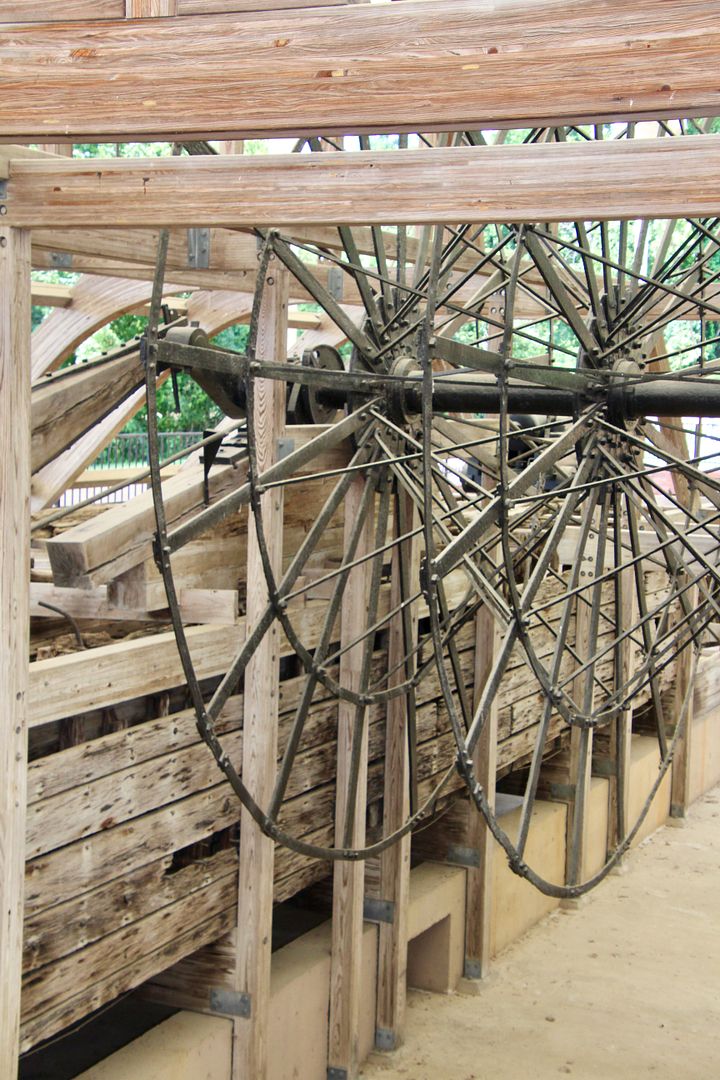
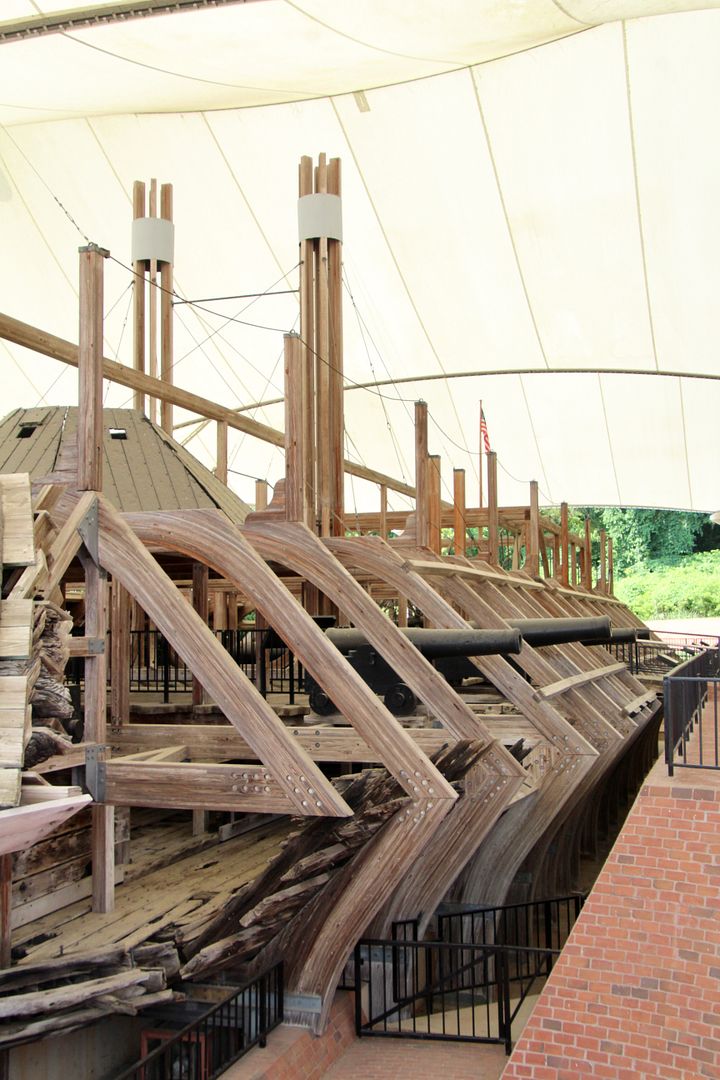
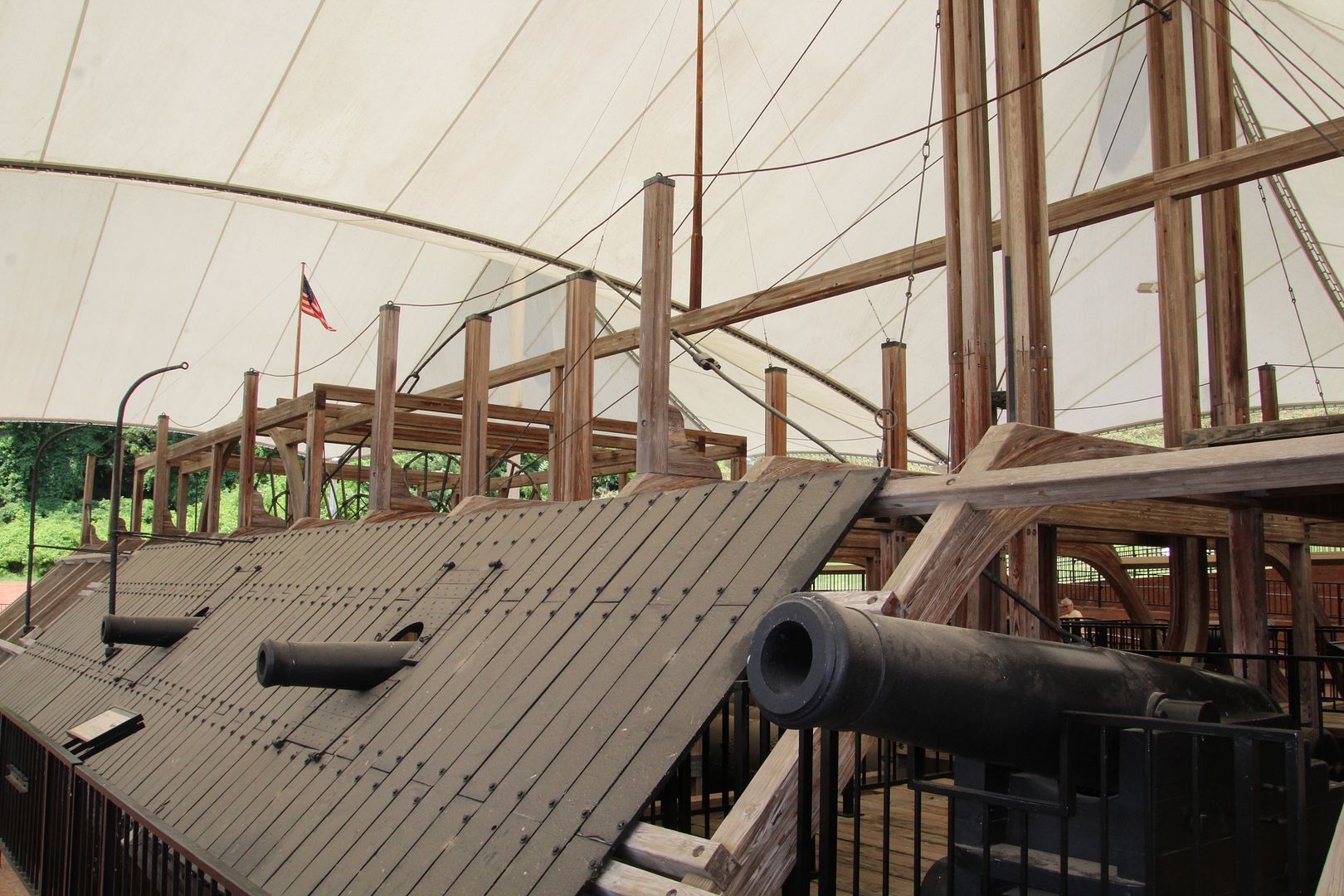
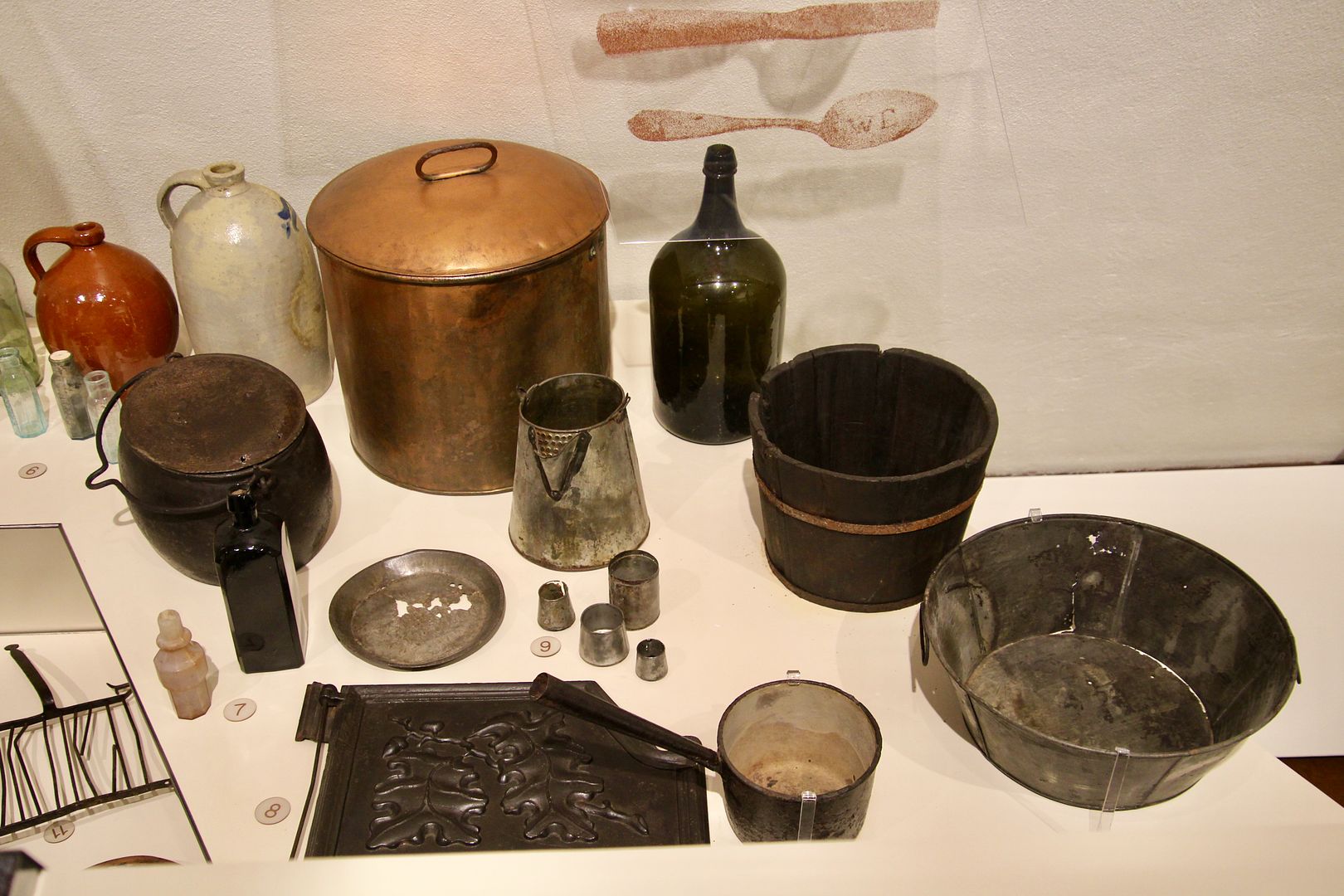
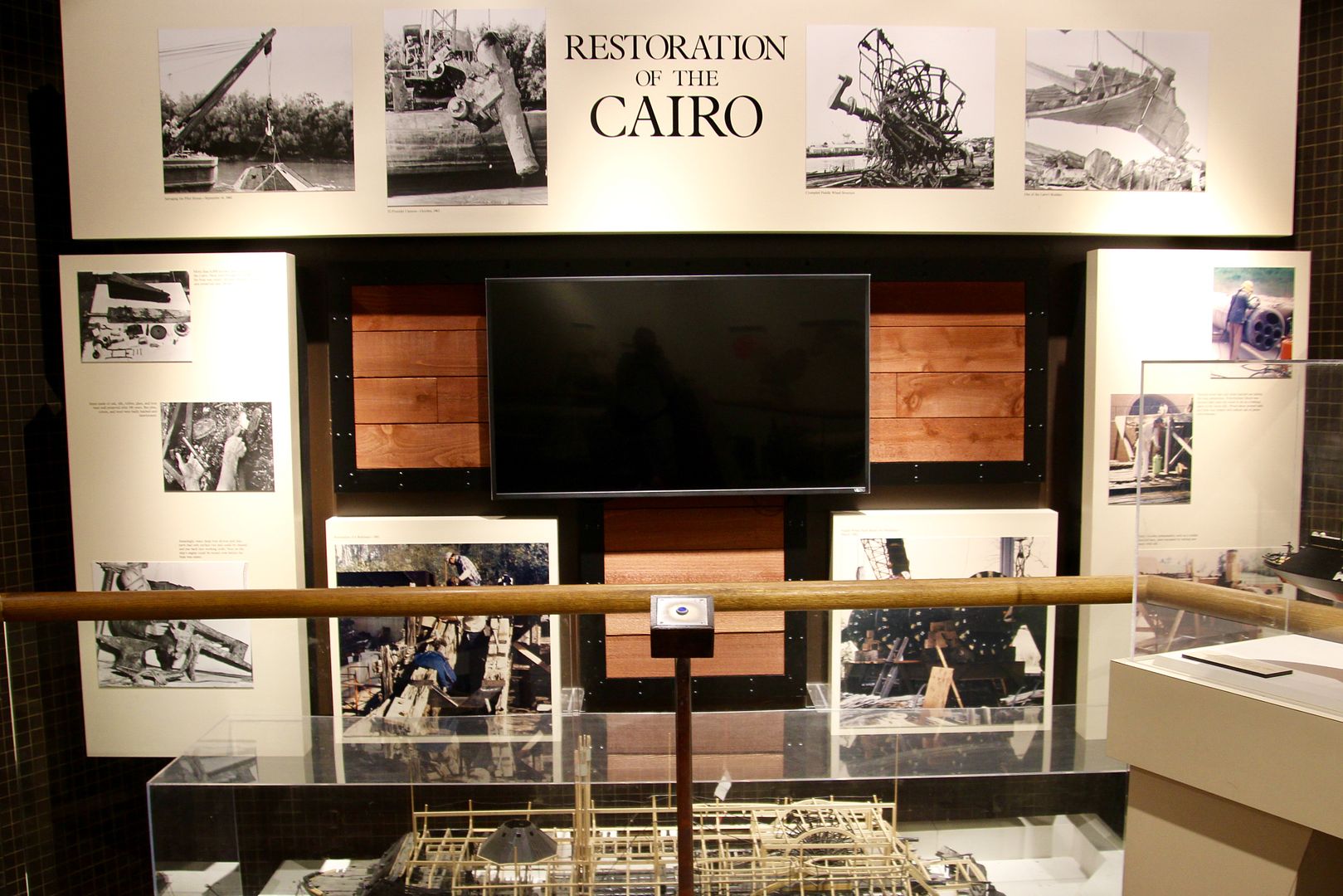
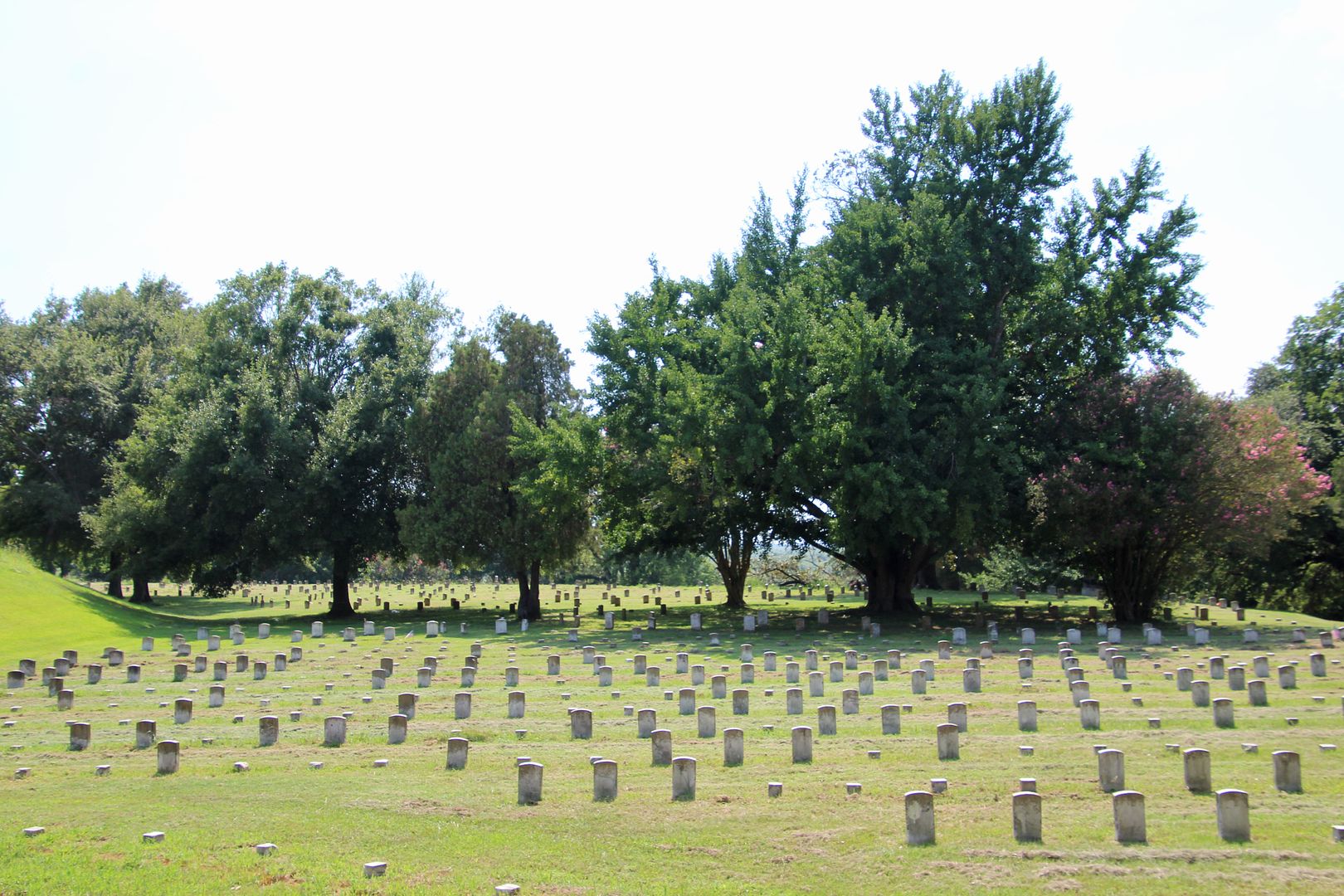
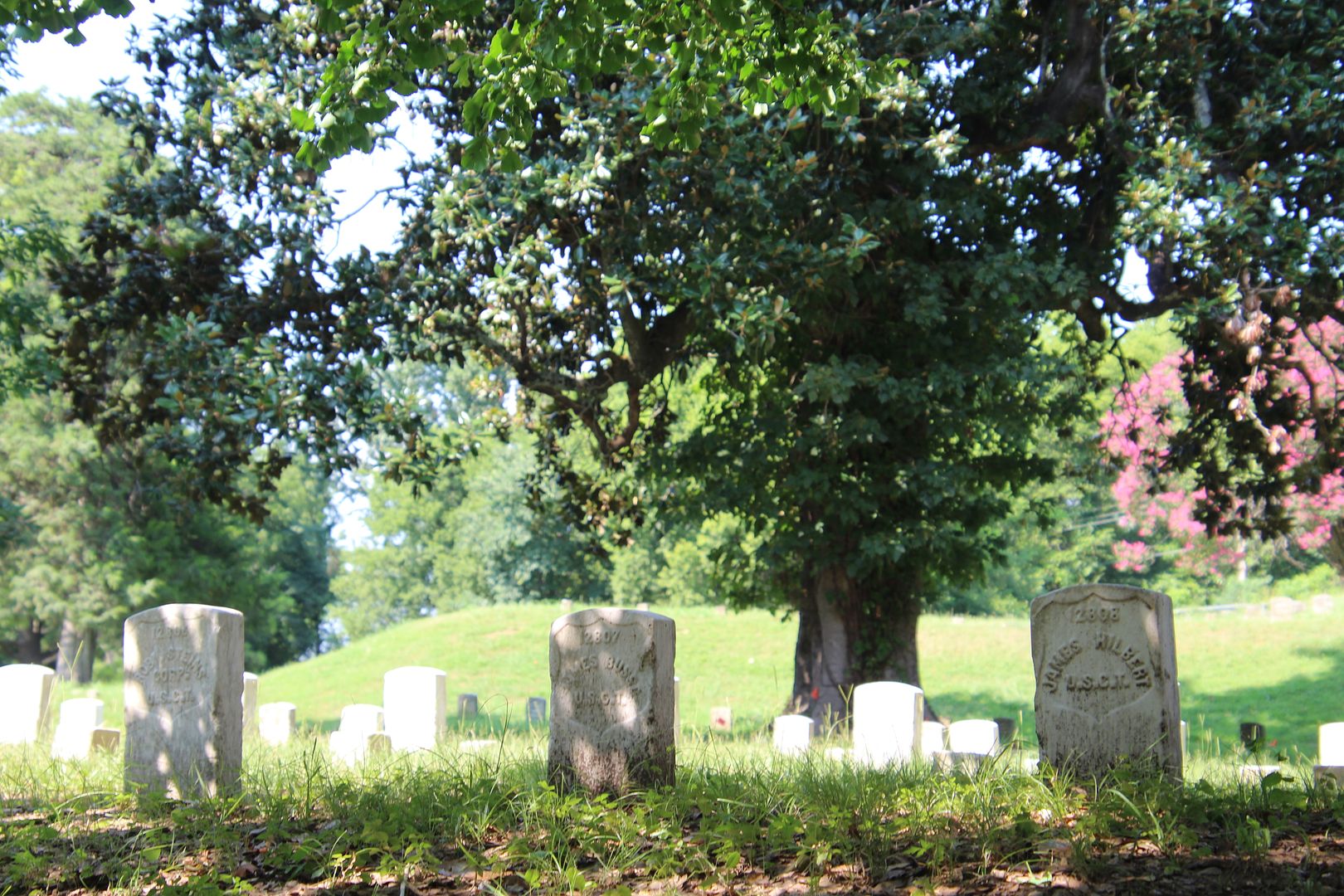
No comments:
Post a Comment